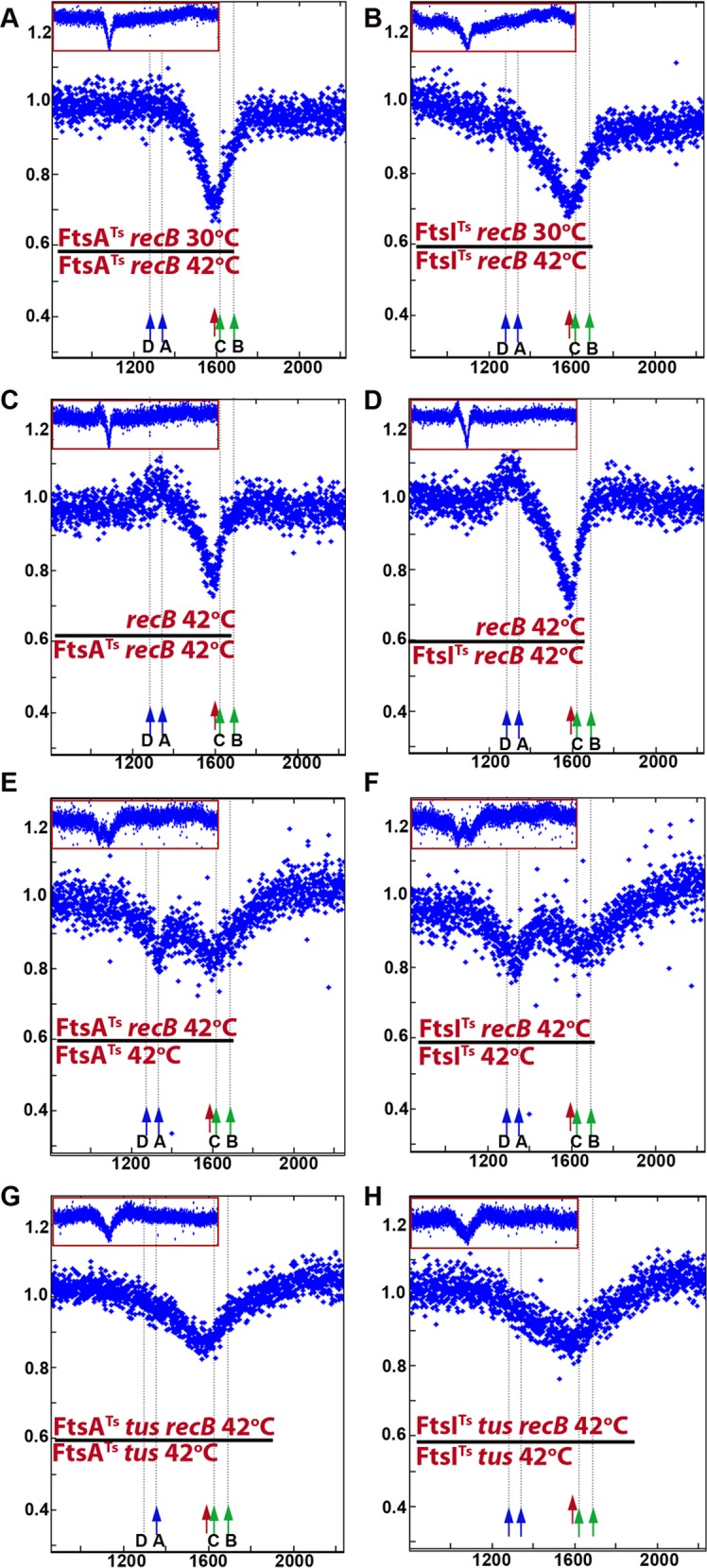Fig 5. Loss of DNA in the terminus region of recB mutant requires cell division.

Sequence read frequencies of exponential phase cells normalized to the total amount of reads were calculated for each strain. A and B: Ratios of normalized reads in fts recB mutants at 30°C over 42°C are plotted against chromosomal coordinates. The drop of reads ratio in the dif/TerC area reflects the reads deficit at 30°C (mainly active cell division) versus 42°C (mainly inactive cell division). C and D: Ratios of normalized reads in recB over fts recB mutants at 42°C are plotted against chromosomal coordinates. The drop of reads ratio in the dif/TerC area reflects the reads deficit in the recB mutant at 42°C (active cell division) versus the fts recB mutants at 42°C (mainly inactive cell division). Note an increased ratio of reads around TerA/D, which corresponds to a deficit of Ter sequences in fts recB mutants (shown in panels E to H). Presumably owing to a partial cell division impediment in the fts recB mutants at 30°C, the expected increased ratio is only slightly visible in panel B and not in panel A. E to H: Ratios of normalized reads in recB mutants over isogenic RecB+ are plotted against chromosomal coordinates. The weak remaining reads deficit in the dif/TerC region is tus independent and could result from incomplete division blockage by ftsAts and ftsIts mutations. The reads deficit around TerA/D in both fts contexts and the reads deficit around TerB/C in the ftsIts context disappear in the tus mutant. Profile ratios of the terminus region are enlarged and profiles of the corresponding entire chromosomes are shown in insets. Original normalized profiles used to calculate ratios are shown in S5 and S6 Figs. The positions of dif (red arrow), and of Ter sites that arrest clockwise forks (TerC, TerB, green arrow) and counter-clockwise forks (TerA, TerD, blue arrow) are shown.
